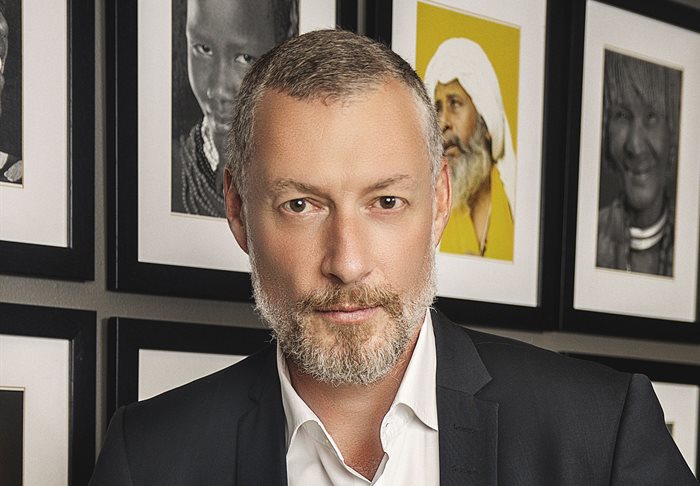
Brian Eagar, CEO of TowerStone
The loud and clear message extrapolated from the data is that we will never go back to how things were pre-pandemic.
Employers are facing resistance when asking their employees to return to offices. According to the survey, 18% of people left their jobs in 2021 due to inflexible work hours or having to go back to the office, and 47% said they prioritised their personal life over work more now than before the pandemic.
We are also seeing “Quiet Quitting”, where overworked, disengaged employees do the bare minimum to justify their pay cheque. Further, hybrid working and the “four-day week” often results in managers feeling the need to micromanage even more to address perceptions of reduced productivity and morale.
So, how do leaders change their approach to retain their talented people and build a healthy, productive culture where their teams are willing to go the extra mile?
What it takes to switch people on
If we understand that human behaviours are universal and we are all governed by the same neurochemical pathways, we can find new ways for employers and employees to connect and trust each other in a hybrid working environment. Dr David Rock’s SCARF® model helps leaders integrate and understand the neurochemistry of human relationships to build trusted teams who will take business performance to new levels.
SCARF® identifies five social drivers of human behaviour based on our threat/reward neurochemical pathways: Status, Certainty, Autonomy, Relatedness, and Fairness. Understanding how these five social domains influence our behaviours builds self-awareness of what keeps us in a toward (engaged) state and switched on; and more importantly what is needed to switch on your team members.
- Status
This driver represents your sense of importance in relation to others, i.e. how you see yourself, and how others perceive you. For example, a leader with no office may feel they are just another face on a video call and experience a certain loss of Status.
Effective leaders trust that their team members will get the job done, whether working remotely or in-office. Avoid the temptation of micromanaging your employees, as this leads to a sense of disempowerment and a feeling that you don’t trust them to do their job. Instead, express recognition, give consistent and specific feedback on what your team is doing well, and ask what you can do better to support their success.
- Certainty
Change is scary and this driver represents our need to predict outcomes. Getting everyone back in the office for example, ticks off the manager’s SCARF reward box by providing a stronger sense of Certainty and Status.
An effective leader maximises the Certainty reward by providing clear expectations and guidelines on deliverables and KPIs for both remote and in-office team members. Routine is also important. If there is agreement on core hours and ways of working, the whole team knows when they need to be available and when they need to deliver.
- Autonomy
This driver relates to our desire for control by having options and choices. When we are stressed, it is probably because we have (unconsciously) decided that we are not in control and feel a sense of helplessness.
Team members with autonomy to choose how, where and when to do their work are switched on. Some people are more productive at the office, while others thrive at home. Ask your team to create their own social contract, outlining what they can reasonably expect from one another, and which days they should be in the office. Again, clear expectations and deliverables are essential to building an autonomous team.
- Relatedness
This driver speaks to the need to feel connected to others. We miss the human touch when we interact on a video call, and I’ve seen many teams develop bad habits when working remotely. The number of meetings increase, people have less time to decompress, feel burnt-out and fatigued and are more likely to turn off the camera and check out. One suggestion is to carve out “no-meeting mornings”, allowing your team members to free up cognitive bandwidth and be more present.
It is also critical to carve out informal time for team members to interact face-to-face and get to know each other as human beings, not just work colleagues.
- FairnessThis driver refers to your perception of an equitable exchange and the reasonableness of decisions that impact you. Returning to the office raises all sorts of fairness issues, for example who can and cannot work from home (and why). As leaders, we have an obligation to ensure that our workplace is inclusive and fair for everyone, regardless of whether they work remotely or at the office.
To keep collaboration with hybrid teams fair, you must intervene if KPIs do not align with access to technology resources, or performance reviews do not account for the lower visibility of remote workers. A culture of psychological safety is also essential, so that everyone feels safe enough to speak up if workloads are unfairly distributed or extra resources are required.
It is incumbent on leaders to figure out how to foster a strong team culture within a fluid, hybrid working model. This takes intentional thought, planning and open communication to maximise your team's sense of connection while also enabling them to perform, regardless of where they do their work. Understanding the neuroscience of how we connect provides greater insights to how we can keep our teams in a toward state and switched on.
I encourage you to set clear boundaries that allay Status and Certainty fears, while fostering an Autonomous and Fair team environment. Above all, maintain Relatedness and keep connecting with your team members. Talk to them, discover their needs, and align business needs with their goals and preferences. This will lead to a team built on trust, who can overcome any challenge associated with a new way of working.